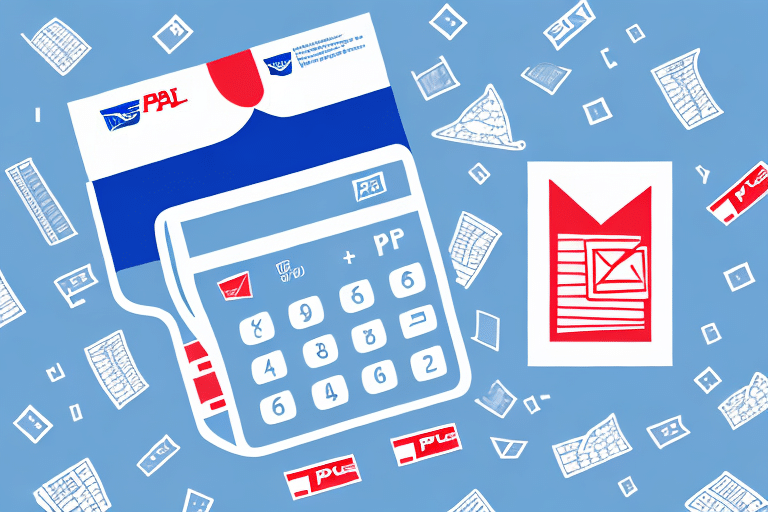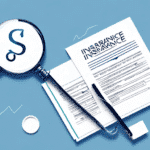Costs of USPS Package Insurance in 2023
Sending packages through the United States Postal Service (USPS) remains one of the most widely used shipping options for individuals and businesses alike. Whether you're mailing valuable or fragile items, understanding the costs associated with USPS package insurance is crucial to protect your shipments against loss, damage, or theft.
The Importance of Insuring Your USPS Packages
Insurance for USPS packages serves as a vital safeguard, especially when mailing items of high value or sentimental significance. Despite USPS's careful handling, unexpected incidents can occur, leading to lost or damaged packages. Insuring your packages provides peace of mind, ensuring you're financially protected in such events.
Peace of Mind and Financial Security
Insuring your packages means that in the unfortunate event of loss or damage, you receive compensation based on the declared value, minimizing financial losses.
Streamlined Claims Process
With insurance, the claims process is simplified, allowing for quicker resolution and reimbursement compared to uninsured shipments.
Exclusions and Considerations
It's important to note that certain items, such as perishable goods or live animals, are ineligible for USPS insurance. For these items, alternative shipping methods or third-party insurance providers may be necessary. Always verify eligibility and coverage options on the USPS website.
Benefits of USPS Package Insurance
USPS package insurance offers several advantages over other shipping insurance options:
- Cost-Effective: USPS insurance is generally more affordable compared to private carriers.
- Comprehensive Coverage: It covers a wide range of items, including parcels, letters, and flat rate boxes.
- Protection Against Loss, Damage, or Theft: Providing reassurance that your package is safeguarded throughout transit.
For Businesses and Individuals
The insurance benefits businesses by ensuring products reach customers safely, while individuals enjoy peace of mind when sending personal items.
How USPS Package Insurance Works
Purchasing USPS package insurance involves declaring the value of your package and paying an associated fee. The insurance cost is based on the declared value and the chosen shipping method.
Steps to Purchase Insurance
- Calculate the declared value of your package.
- Purchase insurance at the post office or online via the USPS website.
- Ensure your package adheres to USPS insurance restrictions and guidelines.
Filing a Claim
If your package is lost or damaged, you can file a claim with USPS by providing necessary documentation, such as receipts or invoices, to receive compensation based on the declared value.
Coverage Provided by USPS Package Insurance
USPS package insurance covers:
- Loss: Compensation for packages that are not delivered.
- Damage: Reimbursement for packages that arrive damaged.
- Theft: Protection against packages stolen during transit.
Exclusions
Insurance does not cover improperly packaged items, indirect or consequential losses, or certain restricted items. Always refer to the USPS guidelines for a complete list of exclusions.
Factors Influencing the Cost of USPS Package Insurance
Several factors determine the cost of USPS package insurance:
- Declared Value: Higher declared values lead to higher insurance costs.
- Shipping Destination: International shipments may incur different insurance rates.
- Shipping Method: Expedited services may have higher insurance fees due to increased risk during transport.
- Package Size and Weight: Larger or heavier packages may require more insurance coverage.
Type of Item Shipped
Fragile or high-value items like electronics may necessitate additional insurance, impacting the overall cost.
Comparing USPS Package Insurance with Other Shipping Insurance Options
While USPS package insurance is a reliable option, it's beneficial to compare it with alternative insurance providers:
- Third-Party Insurance Providers: Companies specializing in shipping insurance may offer more comprehensive coverage or lower deductibles.
- Private Carriers: UPS and FedEx provide their own insurance options, which might be more suitable depending on your shipping needs.
- Self-Insurance: Setting aside funds to cover potential losses can be a cost-effective alternative for infrequent shippers.
Choosing the Right Insurance Option
Selecting the appropriate insurance depends on factors like shipment frequency, value of items, and specific coverage needs. Evaluate multiple options to ensure you receive the best protection and value.
Tips to Save on USPS Package Insurance Costs
Here are some strategies to reduce insurance expenses:
- Proper Packaging: Securely packaging items minimizes the risk of damage, potentially avoiding insurance claims.
- Select Slower Shipping Methods: Opting for standard shipping can lower insurance rates compared to expedited services.
- Bulk Insurance Purchases: Buying insurance in bulk may qualify you for discounts or promotional rates.
- Compare Carrier Rates: Evaluate insurance rates across different carriers to find the most cost-effective option.
- Leverage Credit Card Benefits: Some credit cards offer package insurance; check your card's benefits before purchasing additional insurance.
Packaging Best Practices
Ensure items are well-protected using appropriate materials to reduce the likelihood of damage during transit.
A Step-by-Step Guide to Purchasing USPS Package Insurance
Follow these steps to purchase USPS package insurance:
- Determine Declared Value: Assess the worth of your package contents.
- Choose Shipping Method: Select a USPS service that fits your delivery timeline and insurance needs.
- Purchase Insurance: Add insurance either at the post office or online through the USPS website.
- Prepare Your Package: Package your items securely, adhering to USPS guidelines.
- Label and Ship: Properly label your package and send it via your chosen USPS service.
After Shipping
Keep all receipts and documentation related to your shipment. In the event of a loss or damage, you will need these documents to file a claim.
Conclusion
USPS package insurance is a valuable investment for securing your shipments, especially when mailing items of high value or importance. By understanding the costs, coverage, and benefits, and by implementing cost-saving strategies, you can ensure that your packages are well-protected without overspending. Always review the latest USPS insurance policies and guidelines to stay informed about your coverage options.
One important thing to note is that USPS package insurance only covers the declared value of the package. This means that if the actual value of the contents inside the package is higher than the declared value, you may not be fully reimbursed for any damages or losses. It is important to accurately calculate the declared value to ensure that you are adequately covered.
Additionally, it is important to keep in mind that USPS package insurance may not cover certain items, such as perishable goods or hazardous materials. Before purchasing insurance, be sure to check the list of restricted items to ensure that your package is eligible for coverage.






















